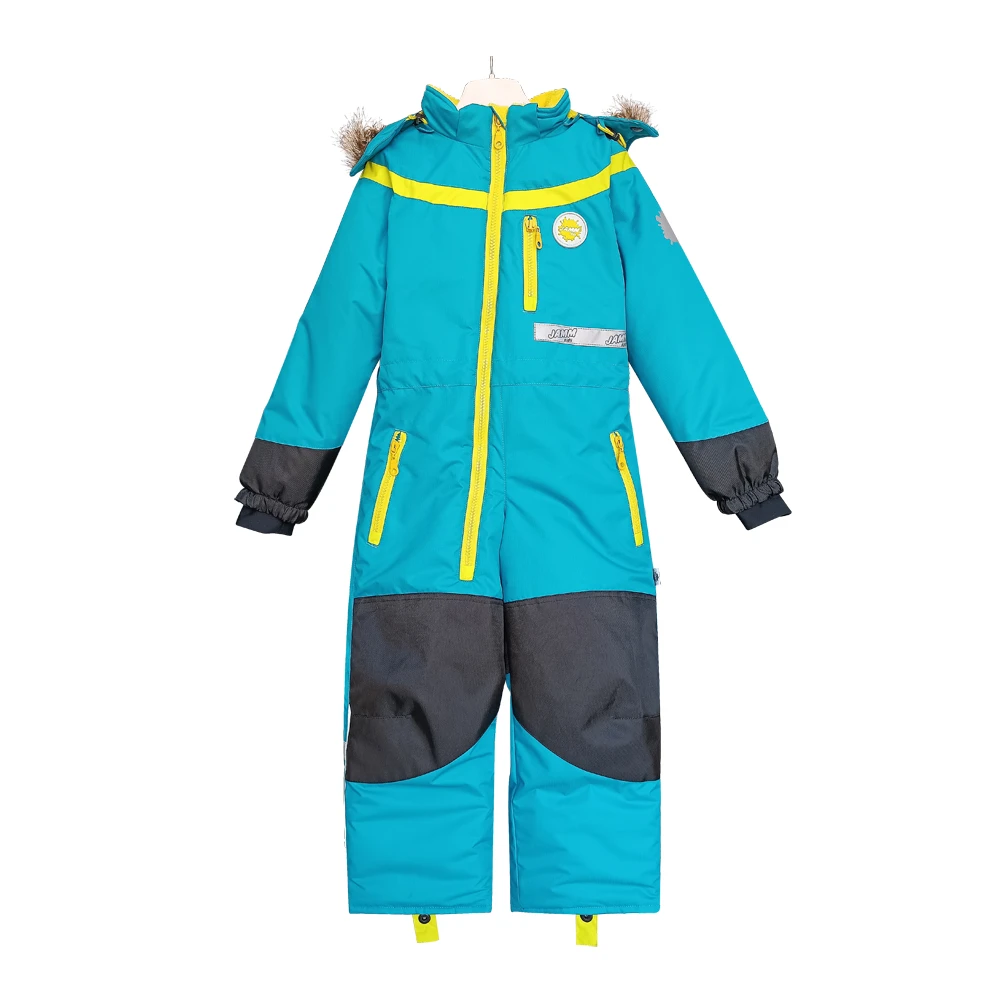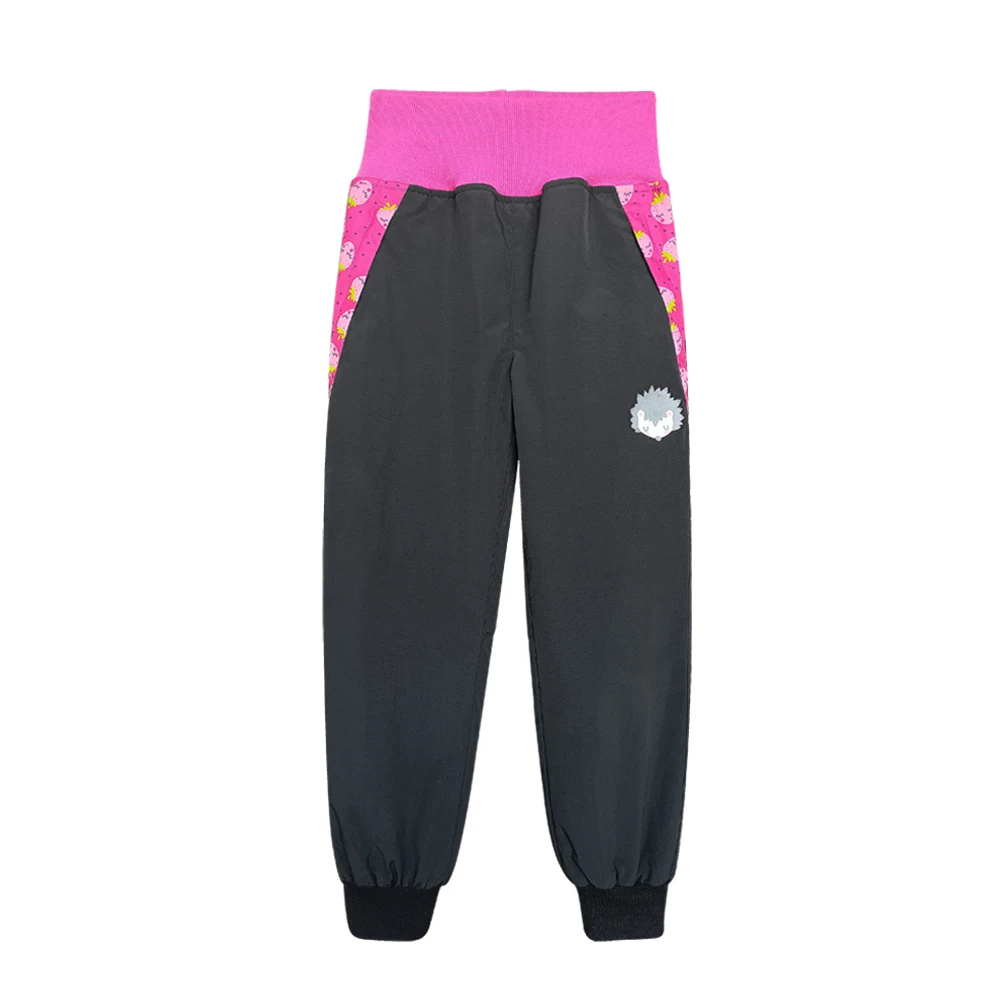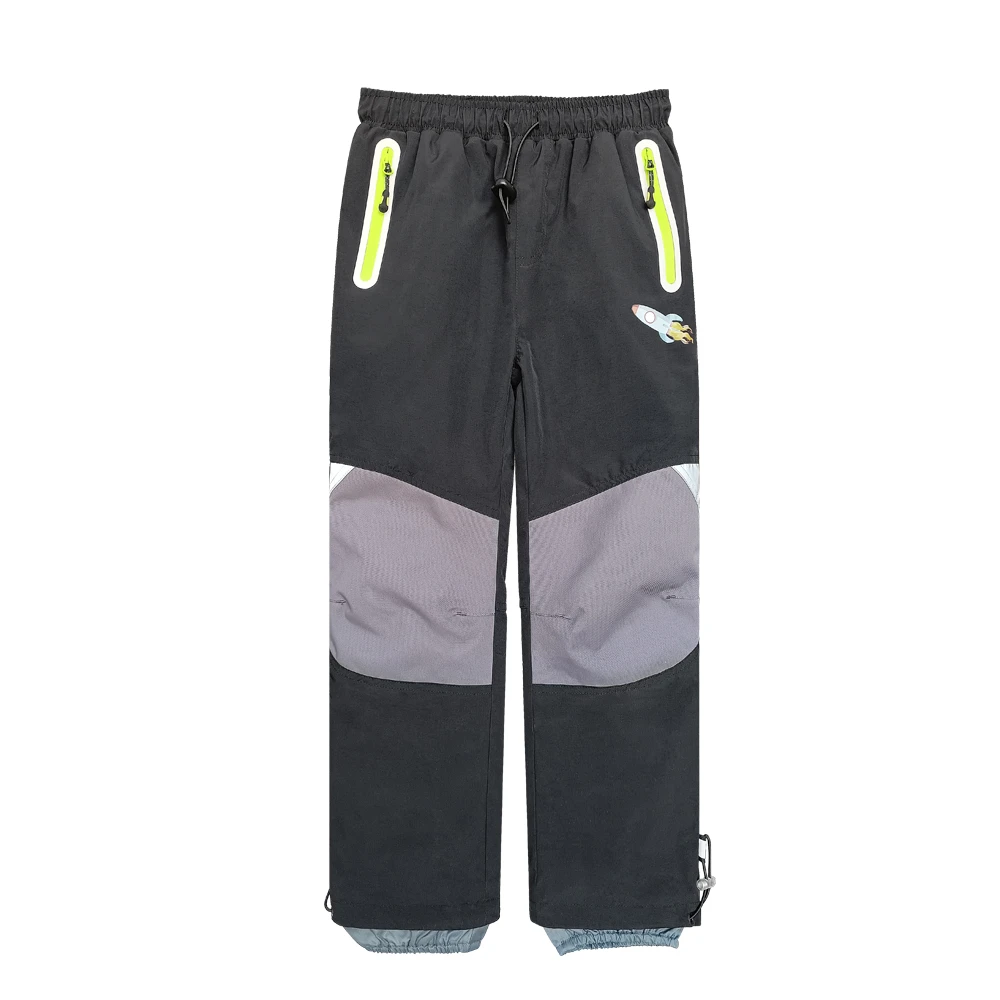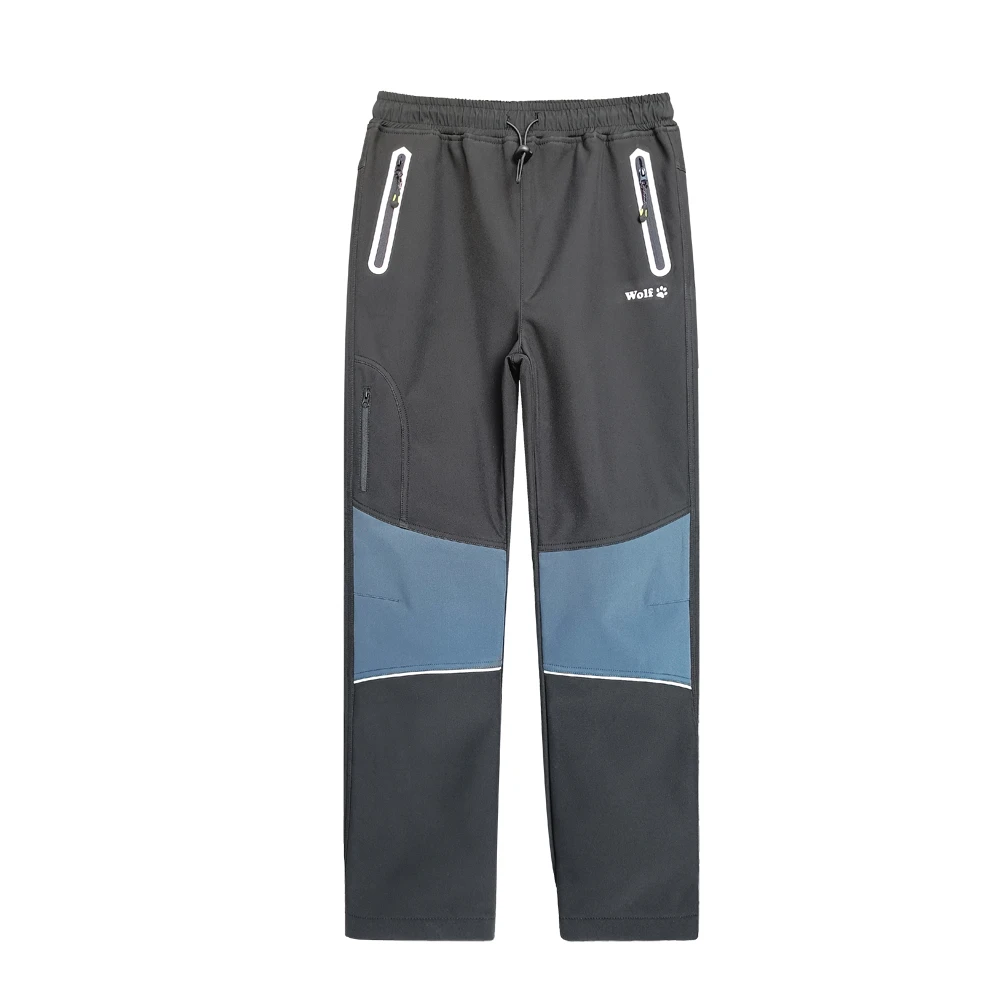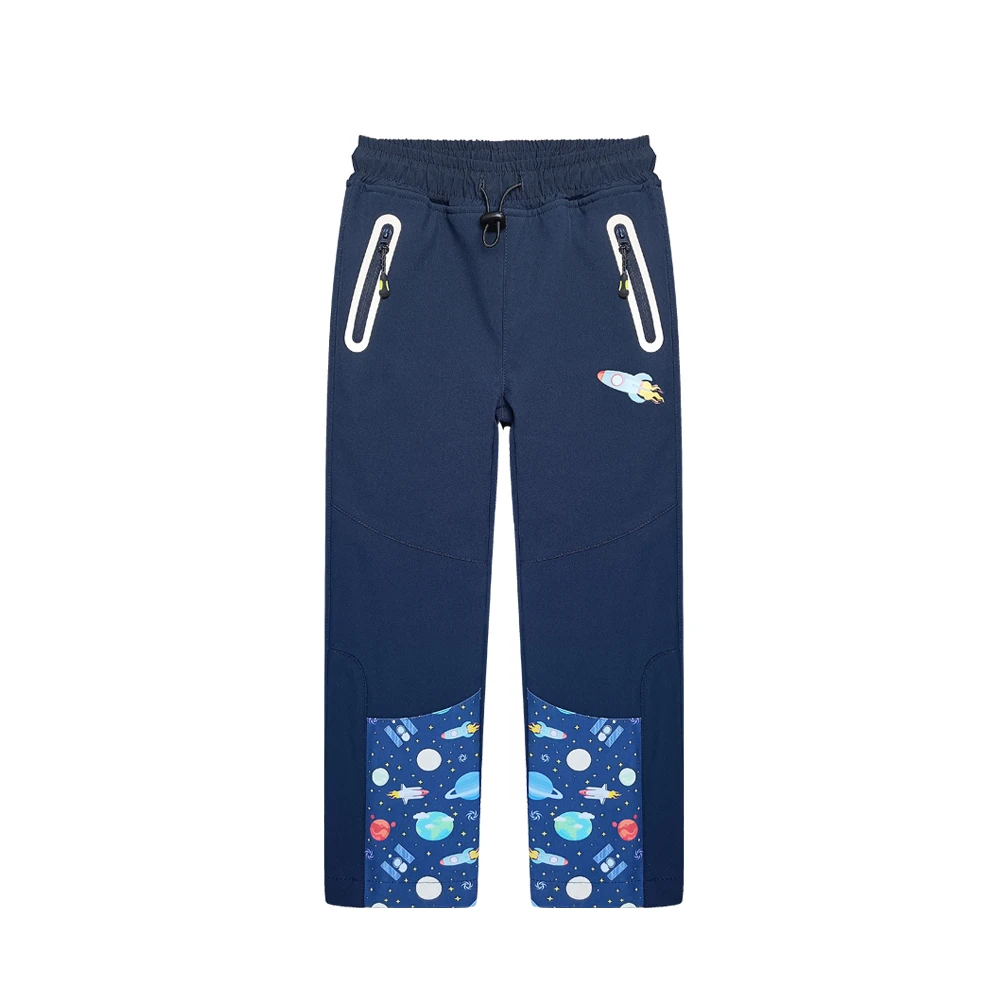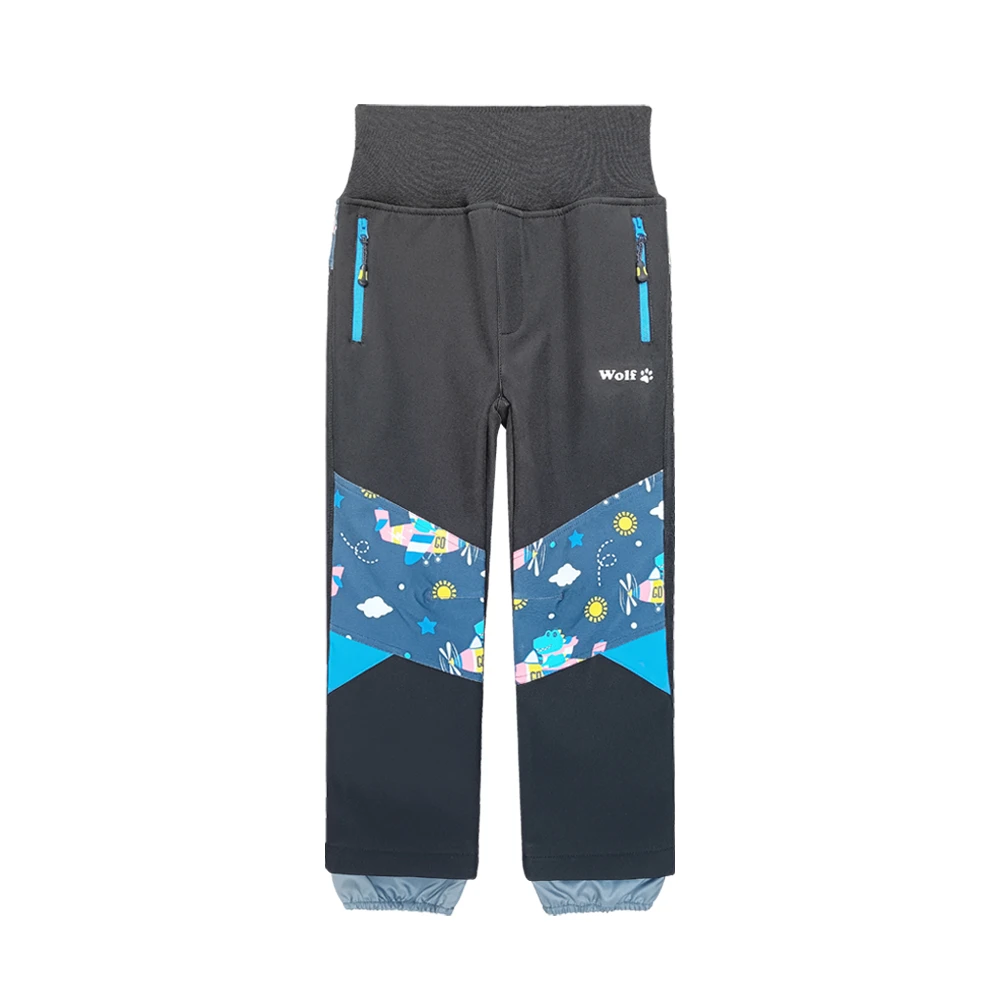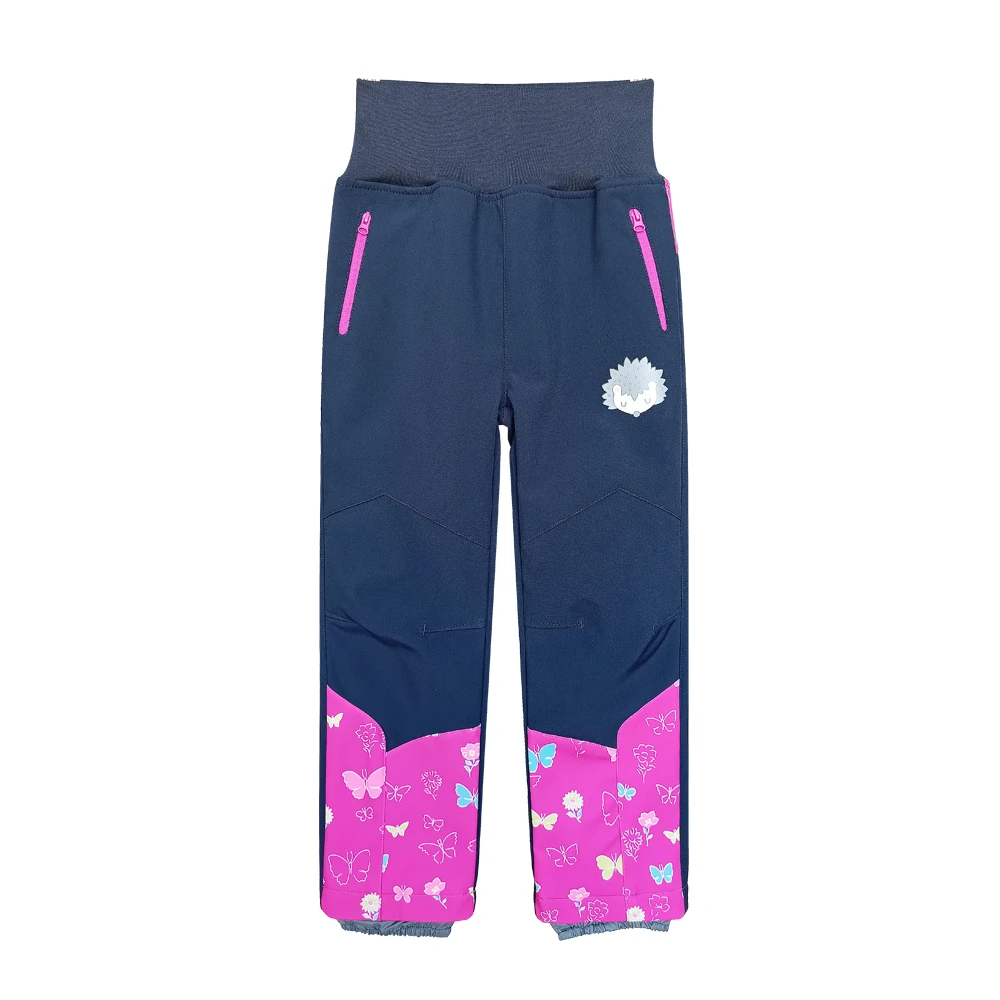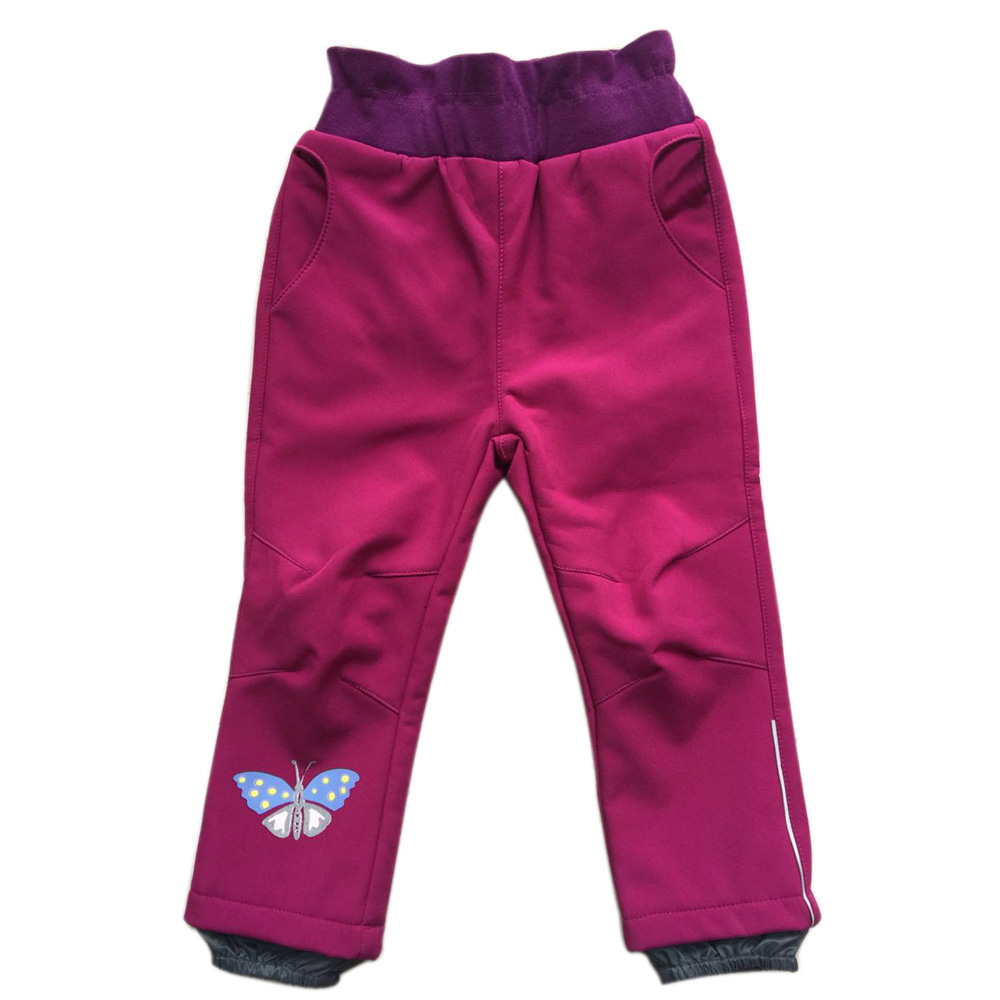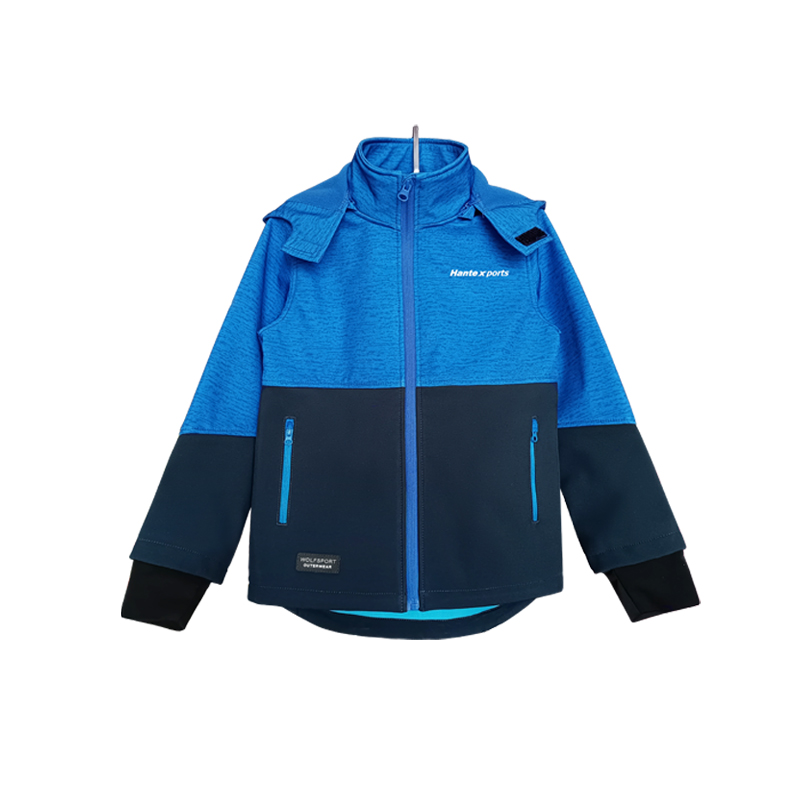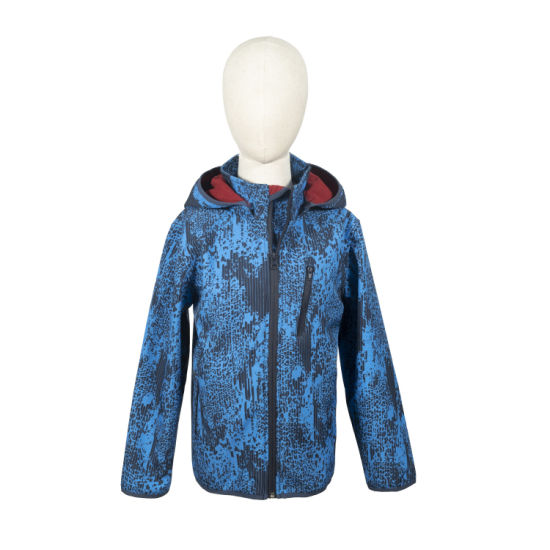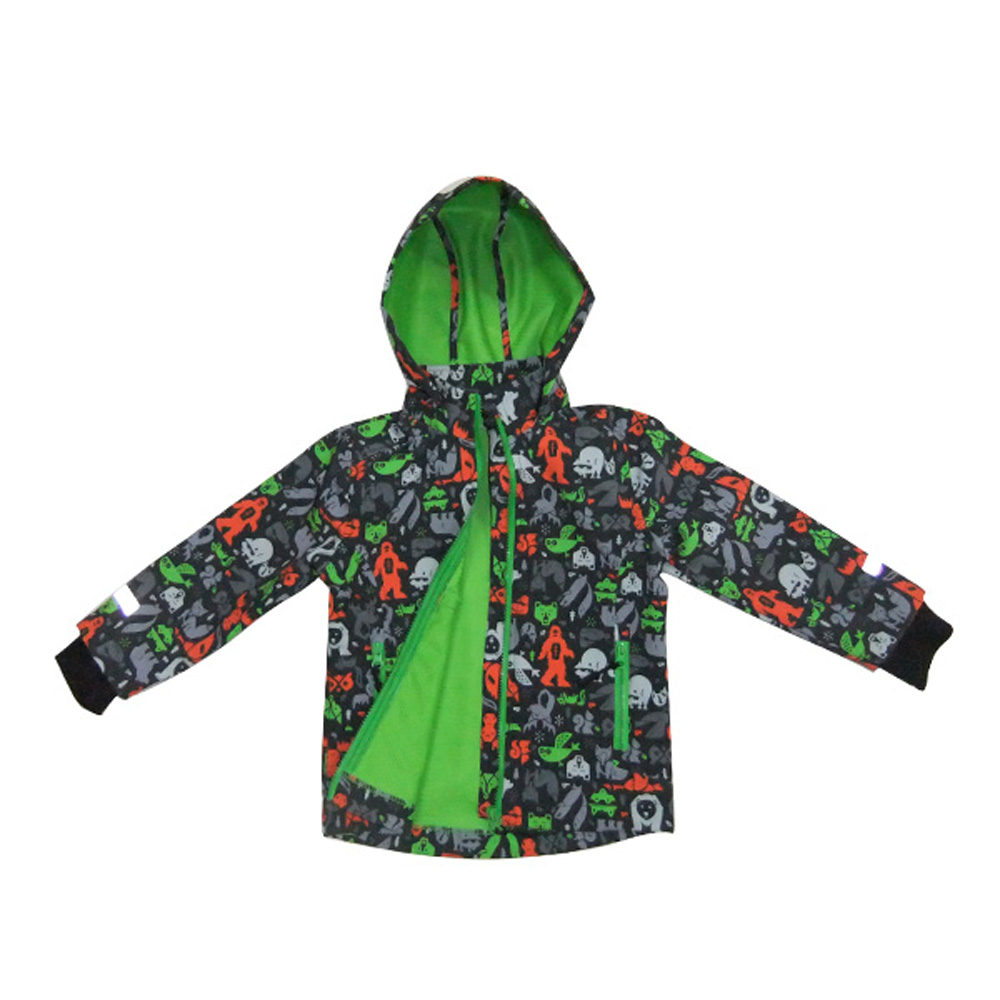The Rise of Rider Sportswear: More Than Just Apparel
Rider sportswear might sound like just fashion for bikers or equestrians, but it’s far more impactful than that. Globally, this type of specialized sportswear represents a blend of performance, safety, and innovation tailored to riders who demand durability and comfort. Understanding rider sportswear helps manufacturers, distributors, and consumers recognize how this niche is shaping sportswear trends and addressing practical needs — whether it’s professional athletes, delivery riders, or recreational horse riders.
Global Context: Why Rider Sportswear Matters Today
Worldwide, the sportswear industry is booming, valued at over $350 billion, according to the International Trade Centre. Rider sportswear occupies a significant segment within this market, catering to a growing community that includes motorcycle riders, cyclists, equestrians, and adventure sports enthusiasts. The demand surged because riders face unique challenges: variable weather, impact hazards, and the need for mobility without compromising protection.
Data from the World Health Organization notably highlights motorcycle accidents as a leading cause of injury globally, emphasizing rider safety gear's importance. Beyond safety, rider sportswear also addresses comfort, durability, and functionality challenges — problems that traditional apparel simply doesn’t solve very well. But it’s not just about individual users; logistics companies, courier services, and emergency response teams are increasingly equipping their riders with enhanced gear as well.
Mini takeaway: Rider sportswear is more than a trend — it addresses real-world safety, comfort, and durability needs worldwide.
What Exactly is Rider Sportswear?
At its core, rider sportswear refers to clothing designed specifically for individuals who operate vehicles or ride animals and require gear that supports their unique motion, weather conditions, and risk factors. This includes motorcycle jackets, pants with reinforced panels, high-visibility materials, and moisture-wicking fabrics that help riders stay dry and comfortable.
It's part of a larger shift toward specialized sportswear tailored for professional and amateur users alike, with advances in technology and materials reflecting growing demands for safety, sustainability, and comfort. It’s also interesting to note how rider sportswear overlaps with humanitarian needs — for instance, field workers or emergency personnel who ride motorcycles in disaster zones often rely on this gear to protect themselves amidst rough conditions.
Key Components that Set Rider Sportswear Apart
Durability
Rider sportswear often features abrasion-resistant fabrics like Cordura® or Kevlar®. This strength is crucial during falls or prolonged exposure to harsh environments. It’s funny because behind every sturdy jacket is the subtle science of fabric-weaving that most people never consider.
Weather Protection
Good rider gear uses waterproof membranes and breathable layers to keep riders dry without overheating. Gore-Tex and similar materials have become industry staples, combining water resistance with vapor permeability — a bit like having a second skin that adapts.
Safety Features
Reflective strips, armor inserts, and high-visibility colors play a critical role. In addition, some jackets employ impact-absorbing foam to reduce injury severity. This tech has improved so much that even casual riders get something close to professional level protection nowadays.
Comfort & Mobility
Ergonomic design elements such as stretch panels and articulated seams allow riders to move freely without riding up or chafing. After all, no one wants gear that feels like a straightjacket when you’re zipping through city streets or galloping in the countryside.
Temperature Regulation
Ventilation zippers, mesh panels, and thermal liners enable adaptability to different climates. It’s a fine balance, really — gear that traps warmth in winter yet ventilates adequately in summer. Designers constantly tweak these features based on rider feedback.
Sustainability
Increasingly, brands are adopting recycled fibers and eco-friendly manufacturing processes. It’s about aligning with global sustainability goals, plus creating gear that riders feel good about wearing beyond function.
Mini takeaway: Great rider sportswear blends protection, comfort, tech, and sustainability — a kind of subtle engineering behind the scenes.
Real-World Applications: Where Rider Sportswear Shines
From urban bike couriers in Copenhagen to emergency medical responders in rural Myanmar, rider sportswear solves distinct challenges. For instance:
- Urban Delivery Services: Companies like Deliveroo or FedEx equip their riders with durable, reflective jackets to improve safety during night deliveries.
- Equestrian Sports: Riders require flexible yet protective clothing for jumping, dressage, or trail riding — rider sportswear here prioritizes mobility and sweat management.
- Motorcycle Tourism: In Europe and Asia, touring motorcyclists invest in multifunctional gear that supports long-distance rides through changing weather.
- Disaster Relief: Post-disaster, NGOs rely on rugged rider gear for motorcycle-based aid operations — combining protection with mission-critical mobility.
- Industrial Uses: In remote mines or forests, workers on motorcycles wear high-visibility, weatherproof rider clothing to reduce accidents and increase endurance on long shifts.
Mini takeaway: Rider sportswear adapts to diverse environments and professions, showing its versatility.
Product Specifications: A Typical Rider Sportswear Jacket
| Specification | Details |
|---|---|
| Fabric | Cordura® Nylon with Kevlar® reinforcement |
| Waterproof Membrane | Gore-Tex® breathable laminate |
| Protection | CE Level 2 armor on elbows, shoulders, back |
| Ventilation | Chest and back zip vents |
| Weight | 1.8 kg (approx.) |
| Additional Features | Reflective strips, detachable thermal liner, adjustable cuffs |
Vendor Comparison: Popular Rider Sportswear Brands
| Brand | Primary Materials | Key Features | Price Range |
|---|---|---|---|
| Alpinestars | Polyester, Kevlar® reinforcement | CE armor, Adaptive ventilation, Waterproof liners | $300 - $600 |
| Dainese | Technical nylon, Gore-Tex® membrane | D-Air airbag system, CE certification, Layered thermal insulation | $400 - $900 |
| REV’IT! | Cordura®, mesh panels | Multiple safety levels, ventilation zips, waterproof liners | $250 - $700 |
| Rukka | Textile blends with aramid fibers | Triple safety certifications, excellent thermal control, durable waterproofing | $500 - $1000 |
Advantages and Long-Term Value of Rider Sportswear
Rider sportswear goes beyond looking sharp; it offers multiple concrete benefits:
- Enhanced Safety: Reduces injury risk in accidents, boosting rider confidence — which oddly enough, can improve focus and performance.
- Durability: Quality materials mean gear lasts longer, a real cost saver in the long run.
- Sustainability: As brands switch to eco-conscious fabrics, rider gear is becoming less of an environmental burden.
- Social Value: Well-designed sportswear can instill a sense of pride and identity among riders, creating vibrant communities.
Ultimately, it's about reliability and the emotional reassurance that you’re well-equipped, whatever the road ahead.
Emerging Trends Shaping the Future of Rider Sportswear
Technology is weaving its way into every stitch. Look for:
- Smart Textiles: Fabrics with embedded sensors for monitoring rider vitals or fatigue.
- Increased Sustainability: Hemp, recycled plastics, and bio-based fibers are gaining traction.
- Modular Protection Systems: Customizable armor units that riders can upgrade over time.
- Digital Integration: Apps linking rider gear with smartphones for diagnostics and weather alerts.
Frankly, this is an exciting period, as innovation meets real-world practical needs.
Challenges and Solutions in Rider Sportswear Today
Despite these advances, a few challenges persist:
- Cost Barrier: High-quality rider gear can be expensive, limiting access for casual users.
- Fit and Comfort: One-size-fits-all rarely works, resulting in less-than-ideal experiences.
- Climate Diversity: Gear that's perfect for cold Europe might be sweltering in Southeast Asia.
Experts suggest leveraging modular designs, where riders can add or remove layers based on conditions, and increasing digital fittings via apps or AR to enhance personalization. Moreover, economies of scale in production are gradually reducing costs.
FAQ: Common Questions About Rider Sportswear
Q1: What features should I prioritize when choosing rider sportswear?
A1: Safety features like CE-rated armor, abrasion-resistant fabrics, and high visibility are essential. Next, consider comfort elements such as ventilation and waterproofing, tailored to your riding environment.
Q2: Can rider sportswear be worn in warm weather without overheating?
A2: Yes, modern rider gear often includes mesh panels and adjustable vents to allow airflow. Layers can be removed or added, so look for modular designs to adapt to changing conditions.
Q3: How long does quality rider sportswear typically last?
A3: With proper care, high-end gear can last 5-7 years or more. The durable materials and armor maintain their protective qualities if not subjected to severe damage.
Q4: Are eco-friendly rider sportswear options widely available?
A4: Increasingly so. Many brands now offer lines made from recycled or sustainably sourced materials, but these can sometimes come at a slightly higher price point.
Q5: How do professional riders customize their sportswear?
A5: Customization ranges from fit tailoring to integration of tech gear such as communication devices or health monitors. Some brands offer bespoke services or modular components tailored to specific needs.
Wrapping Up: Why Rider Sportswear is Here to Stay
Rider sportswear uniquely blends safety, innovation, and style — a package that serves professional and hobbyist riders alike. Its evolving technology and design make it more than a niche; it’s a critical segment of the sportswear industry with global reach.
Whether you're commuting through city streets, gearing up for a weekend trail ride, or outfitting teams for delivery logistics, the right rider sportswear transforms the experience with added confidence and protection.
Ready to find your perfect match? Visit rider sportswear for a range of thoughtfully designed options tailored to your needs.
